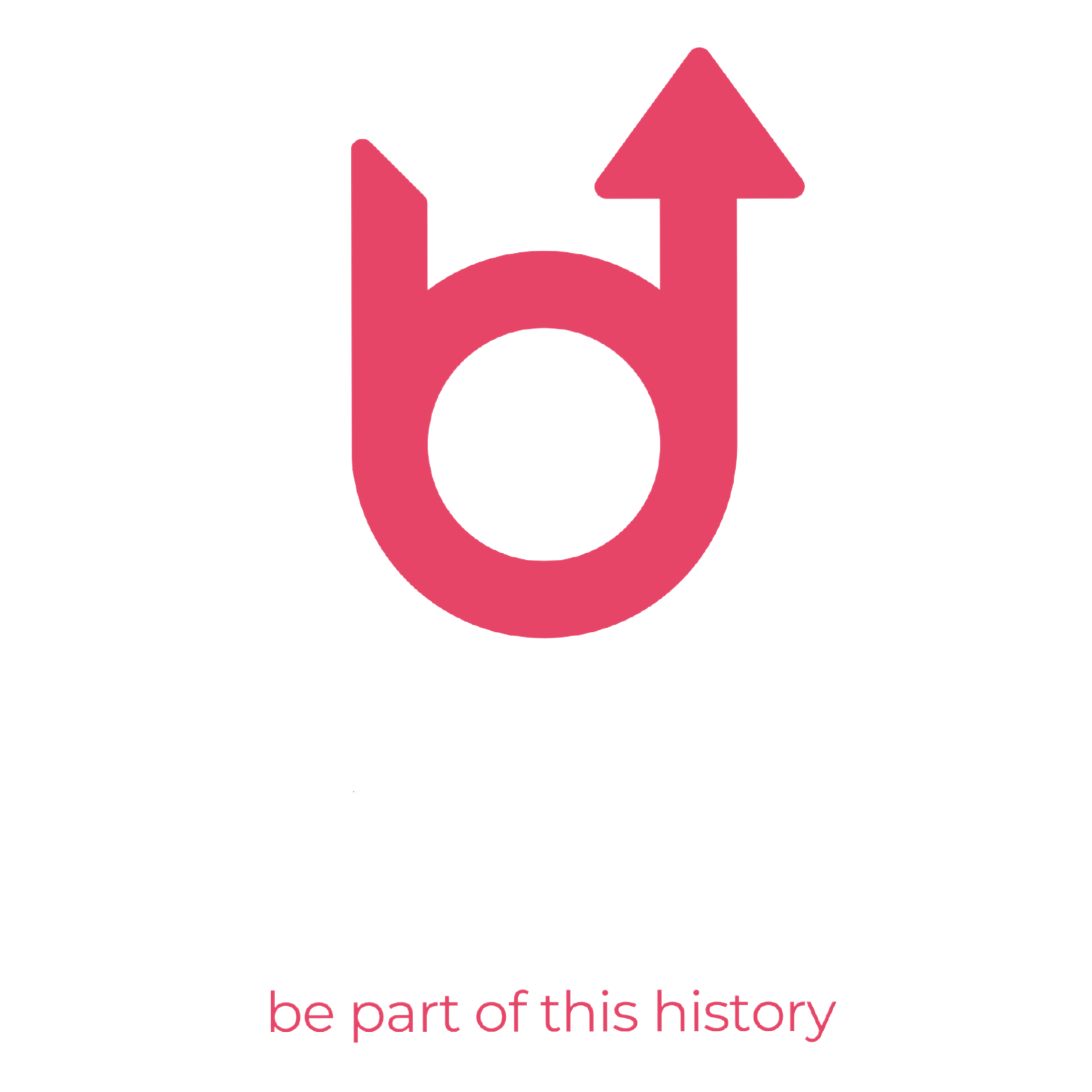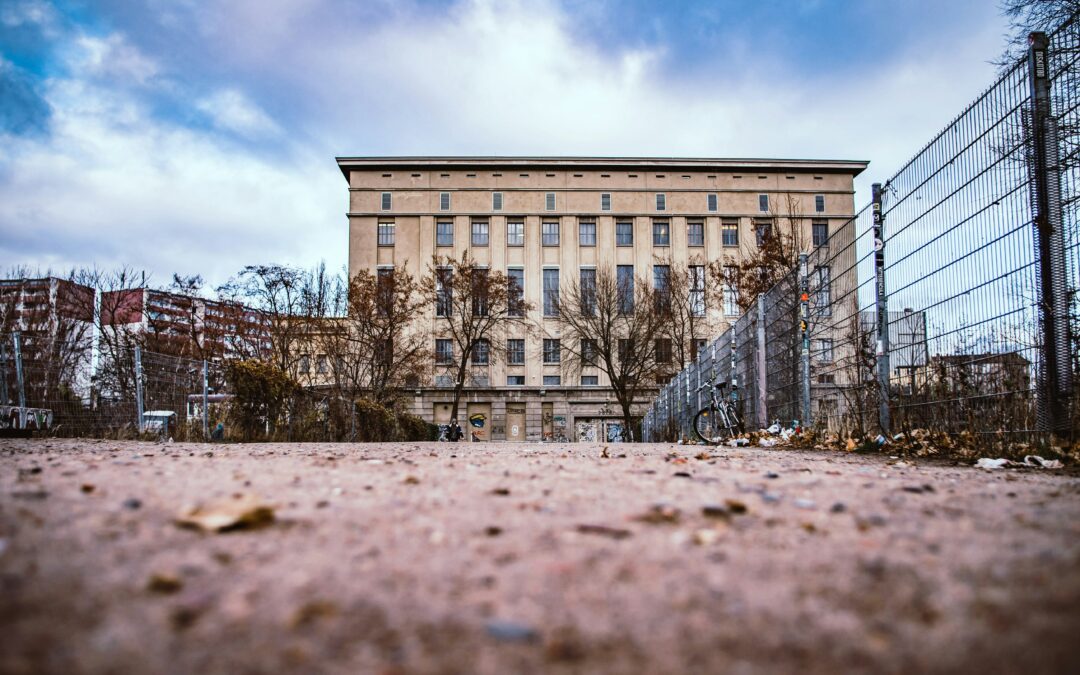Berlin, a city revered for its cultural richness and historical significance, holds a clandestine past steeped in sexual exploration and freedom. Amidst the tumultuous early 20th century, Berlin emerged as a beacon of liberation, shedding societal inhibitions and embracing diverse expressions of human sexuality.
Pre-WWI Berlin: The Dawn of a Hedonistic Era
Before World War I, Berlin was already renowned for its hedonistic reputation. However, it was the aftermath of the war and the subsequent rise of the Weimar Republic that truly liberated the city from societal constraints. Berlin swiftly evolved into Europe’s largest and most sexually liberated metropolis, where unrestricted sexual encounters transcended boundaries of gender, orientation, and societal norms.
Amidst this vibrant landscape, Dr. Magnus Hirschfeld, a pioneering figure, established the Institute of Sexual Science. His institute became a sanctuary for the study and understanding of human sexuality. However, the rise of the Nazi regime led to the tragic destruction of this invaluable institution, extinguishing a bastion of knowledge and tolerance.
Sex Work and Societal Loopholes
During the 1920s, Berlin enforced stringent laws against sex work, creating a challenging environment for those involved in the profession. However, these regulations carried subtle loopholes that the city’s sex workers ingeniously navigated. The law stipulated that a sex worker could only face arrest if she verbally propositioned someone. As a result, these individuals developed distinct fashion styles and mannerisms as a form of non-verbal communication to be recognized by their customers. Paradoxically, their attempts to stand out inadvertently propelled fashion trends across Berlin. Notably, the “Tauentzien-Girls,” recognizable by their short hair, inadvertently inspired the popular “Bubikopf” hairstyle that soon swept through Berlin’s upper class, blurring the line between societal convention and the taboo.
Their choice of attire often signaled specialized services offered. For instance, the “Stiefelhuren” or boot whores, differentiated themselves through specific clothing colors denoting the services they provided. Red and dark brown colors symbolized whipping and physical punishment. Berlin’s diverse sex work industry accommodated up to 120,000 female sex workers and around 35,000 male workers, some as a result of the extreme poverty and inflation, and the economic crisis that hit the world. The city earned a reputation for accommodating even the most eccentric sexual fantasies. In the northern districts, for instance, affluent men with chauffeured limousines sought out the “stone whores,” women disfigured by acid or possessing unusual physical attributes.
The Queer and LGBTQ+ Community in the 1920s
During Berlin’s sexually liberal era, the city’s vibrant LGBTQIA+ community found a nurturing environment for self-expression and acceptance. Renowned personalities like Claire Waldoff, Christopher Isherwood, and Josephine Baker discovered a haven within the city’s eclectic nightlife, which offered respite and freedom in stark contrast to the prevailing social norms of the time. These figures, among many others, sought refuge in Berlin, where sexual diversity was celebrated rather than condemned.
Among the many establishments that embraced and supported diverse sexual orientations and gender identities, the legendary Eldorado nightclub stood out. The Eldorado became an iconic safe space that welcomed individuals regardless of their sexual orientation or gender expression. It served as a melting pot where people from various walks of life—queer, transgender, and non-binary individuals—could congregate without fear of judgment or persecution. The club’s inclusive atmosphere fostered a sense of community and acceptance, playing a pivotal role in the city’s LGBTQIA+ history.
Josephine Baker, an American-born entertainer and activist, also left an indelible mark on Berlin’s LGBTQIA+ scene. Known for her captivating performances and unapologetic defiance of societal norms, Baker found a stage in Berlin that allowed her to showcase her talent while challenging conventions of race, gender, and sexuality. Her presence contributed to the city’s vibrant cultural landscape and further solidified Berlin’s reputation as a safe space for those embracing diverse sexual orientations and identities.
Berlin in Post-WWII Era: Contrasting Divisions
Post-World War II, Berlin found itself divided into two divergent states. West Germany embraced a more public sexual revolution, while the DDR’s sexual liberation manifested quietly. The West saw the opening of the world’s first sex shop by Beate Uhse, while the East celebrated nudism as an integral facet of its culture.
The HIV/AIDS epidemic struck both sides of Berlin, albeit with contrasting responses. In West Berlin, the emerging political gay movement faced severe setbacks when the HIV/AIDS crisis surfaced in the 1980s. This epidemic was tragically viewed by many as a punitive consequence of sinful or non-conformist sexual behavior. Figures like Peter Gauweiler, a conservative Bavarian State Secretary representing the Christian Social Union (CSU), advocated stringent measures such as the closure of gay clubs and the forcible testing and registration of individuals who tested positive, even suggesting quarantines and isolating those at risk. Horst Seehofer, also from the CSU, proposed placing high-risk individuals, particularly gay men, into isolated camps in a misguided attempt to “protect” society. However, German Health Minister Rita Süssmuth, of the conservative Christian Democratic Union (CDU), vehemently opposed these draconian measures. Despite resistance from many quarters of the political establishment and broader society that leaned towards advocating sexual abstinence and monogamous relationships, Süssmuth advocated for a different approach. She actively collaborated with newly formed self-help groups and affected communities, focusing on promoting safer sex practices, advocating for condom use, and placing emphasis on embracing sexual positivity, pleasure, and desire within HIV/AIDS prevention efforts. Süssmuth’s strategy also involved providing comprehensive psychological and physical healthcare to those affected.
Conversely, in the German Democratic Republic (DDR), the constraints of the Berlin Wall inadvertently acted as a barrier to the swift transmission of HIV/AIDS. However, efforts to address the epidemic faced challenges due to limited economic resources. While some educational initiatives promoting safer sex and condom usage emerged, the DDR struggled with the production and distribution of an adequate number of condoms. Instead, the government resorted to registering individuals who tested positive for HIV/AIDS, along with their sexual partners.
Modern Berlin: Berghain and Beyond
Today, Berlin remains an extraordinary fusion of its historical past and its vibrant contemporary essence, where echoes of its storied history coalesce with its present-day dynamism. Among the city’s modern landmarks, Berghain, a legendary techno club, stands as a quintessential symbol of Berlin’s evolving sexual culture. This iconic establishment not only offers an unparalleled auditory experience but also embodies Berlin’s ethos of embracing sexual diversity with open arms. Berghain’s status as a cultural icon signifies the city’s ongoing journey of acceptance and celebration of sexual pluralism, underscoring Berlin’s perpetually shifting identity.
As a citadel of electronic music and hedonistic subculture, Berghain serves as a sanctuary where revelers from diverse backgrounds and orientations converge, fostering an atmosphere of inclusivity and acceptance. Its unassuming façade hides a world within that welcomes patrons to immerse themselves in an environment liberated from societal norms. The club’s ethos mirrors Berlin’s ethos, offering an escape into a realm where individuality and expression flourish. In Berghain, the city’s commitment to celebrating sexual diversity, freedom, and expression reverberates, making it a significant emblem of contemporary Berlin.
The Kit Kat Club, a prominent fixture in Berlin’s contemporary nightlife, stands as an additional testament to the city’s diverse and avant-garde sexual culture. This renowned establishment embodies a unique fusion of nightclub, amusement park for adults, and uninhibited exploration of sexuality. Much like Berghain, the Kit Kat Club symbolizes Berlin’s unwavering commitment to embracing sexual diversity and unfettered self-expression.
In essence, the Kit Kat Club, much like Berghain, underscores Berlin’s reputation as a city that nurtures sexual freedom and inclusivity. It stands as a beacon of Berlin’s contemporary sexual culture, fostering an environment where diversity, creativity, and the celebration of individual expression thrive. Through its unconventional and boundary-pushing events, the Kit Kat Club remains an integral part of Berlin’s ever-evolving identity as a global hub of sexual pluralism and liberation.
Schlussfolgerung: Ein zeitloser Wandteppich der Sexualkultur
Berlin’s intricate tapestry of sexual culture spans centuries, weaving a narrative of liberation, struggle, and acceptance. From pre-war hedonism to modern inclusivity, the city continues to honor its past while embracing an ever-evolving spectrum of sexual expression.

About Berlin Guide
Harnessing Augmented Reality to Tell Berlin’s LGBTQIA+ Story

